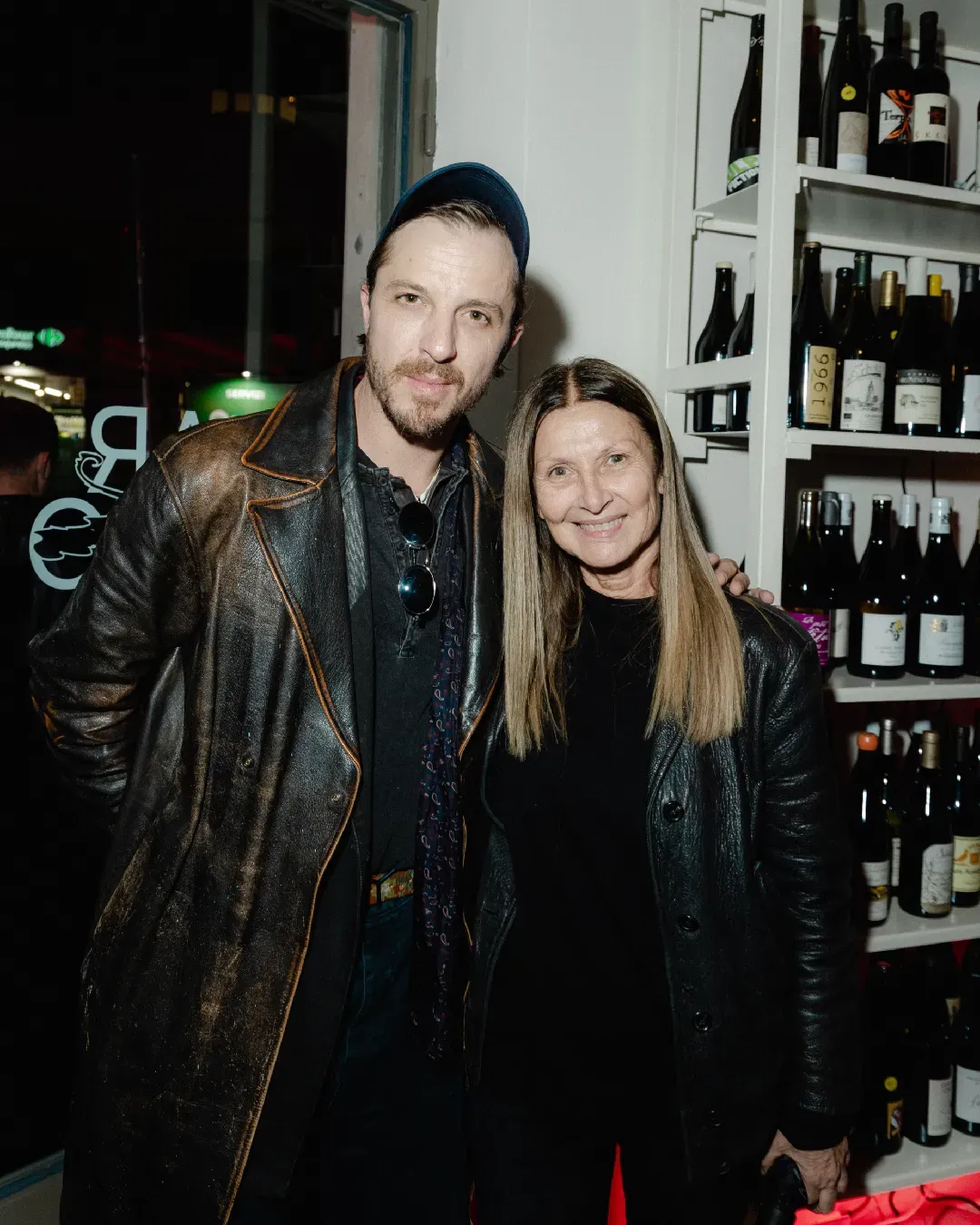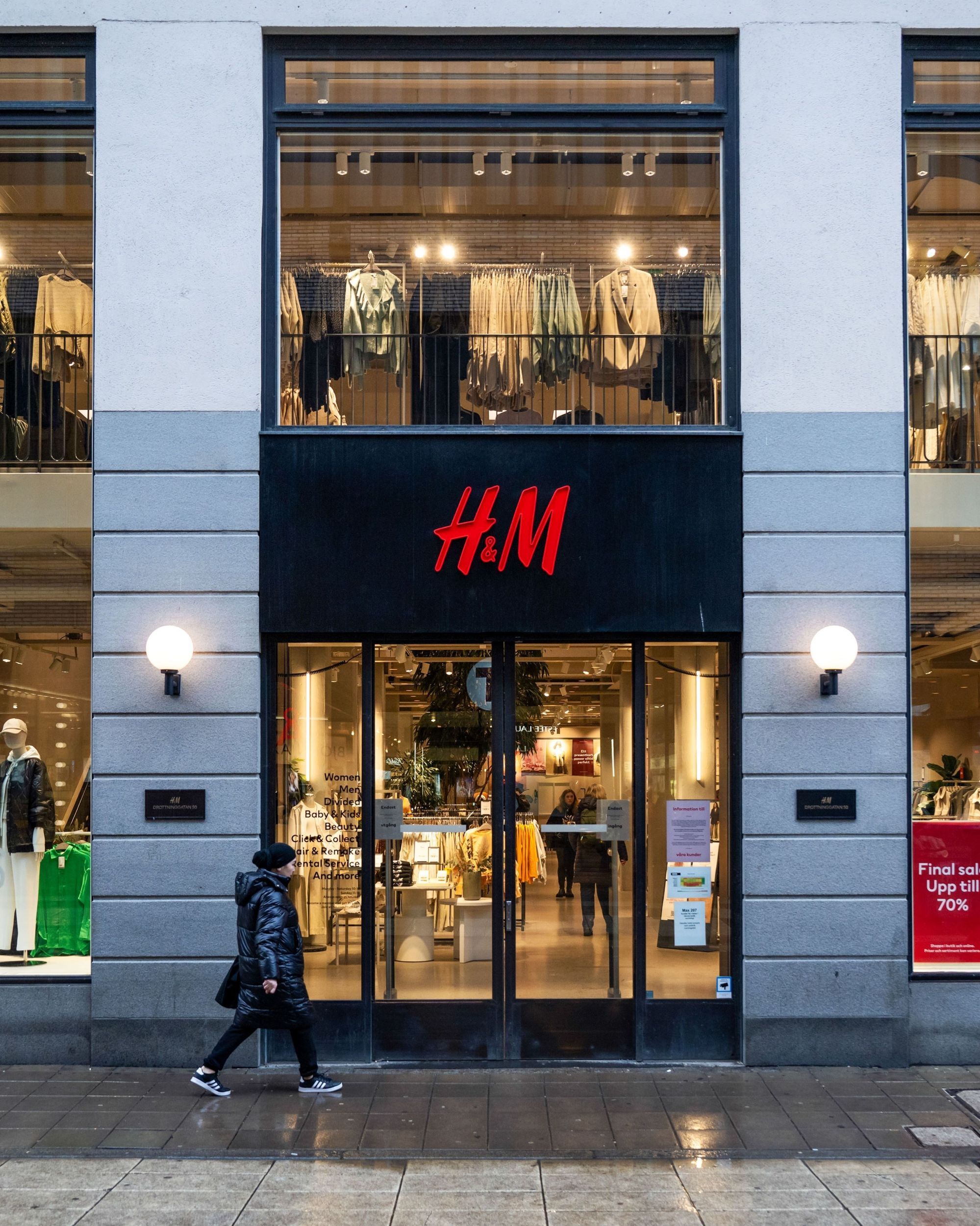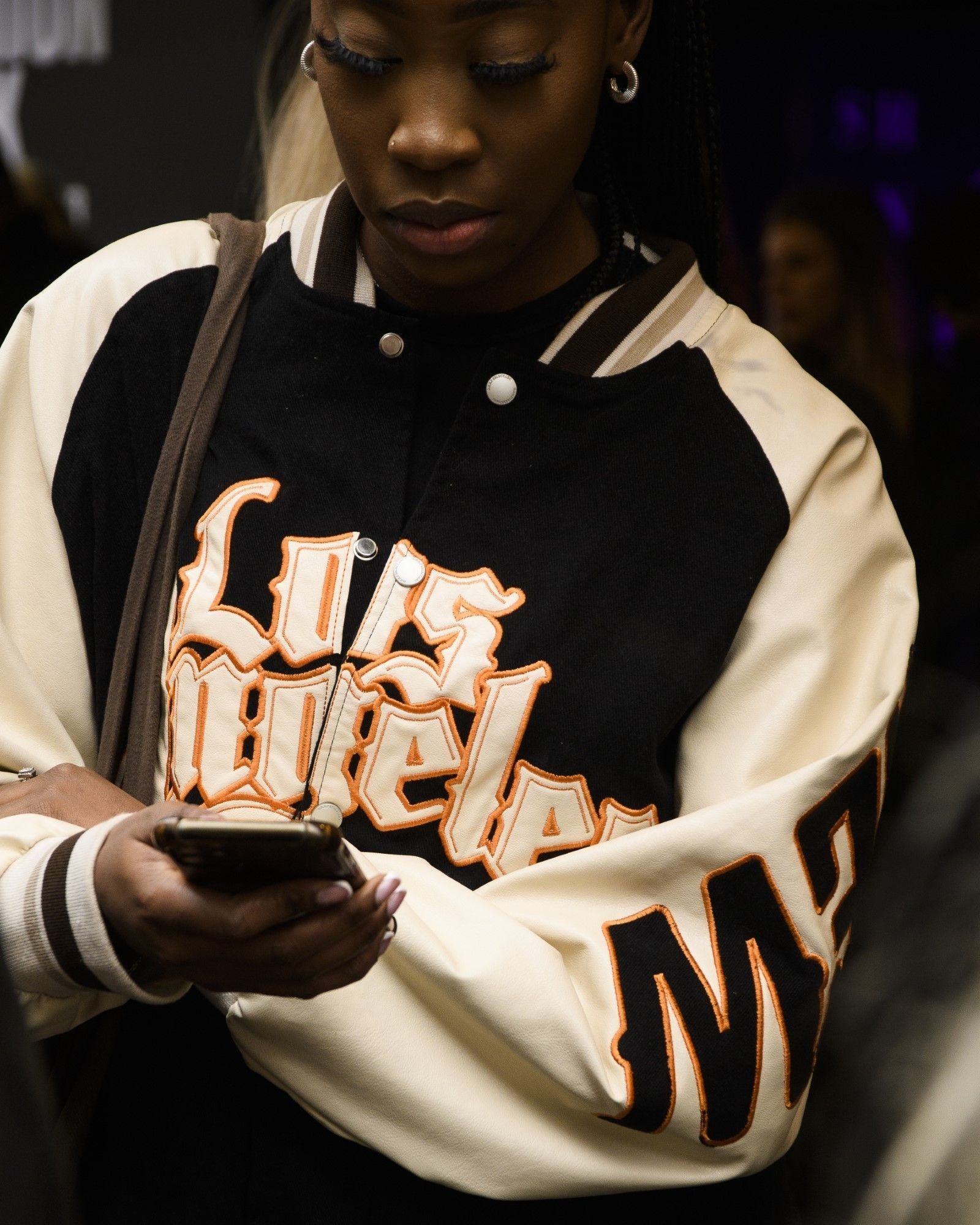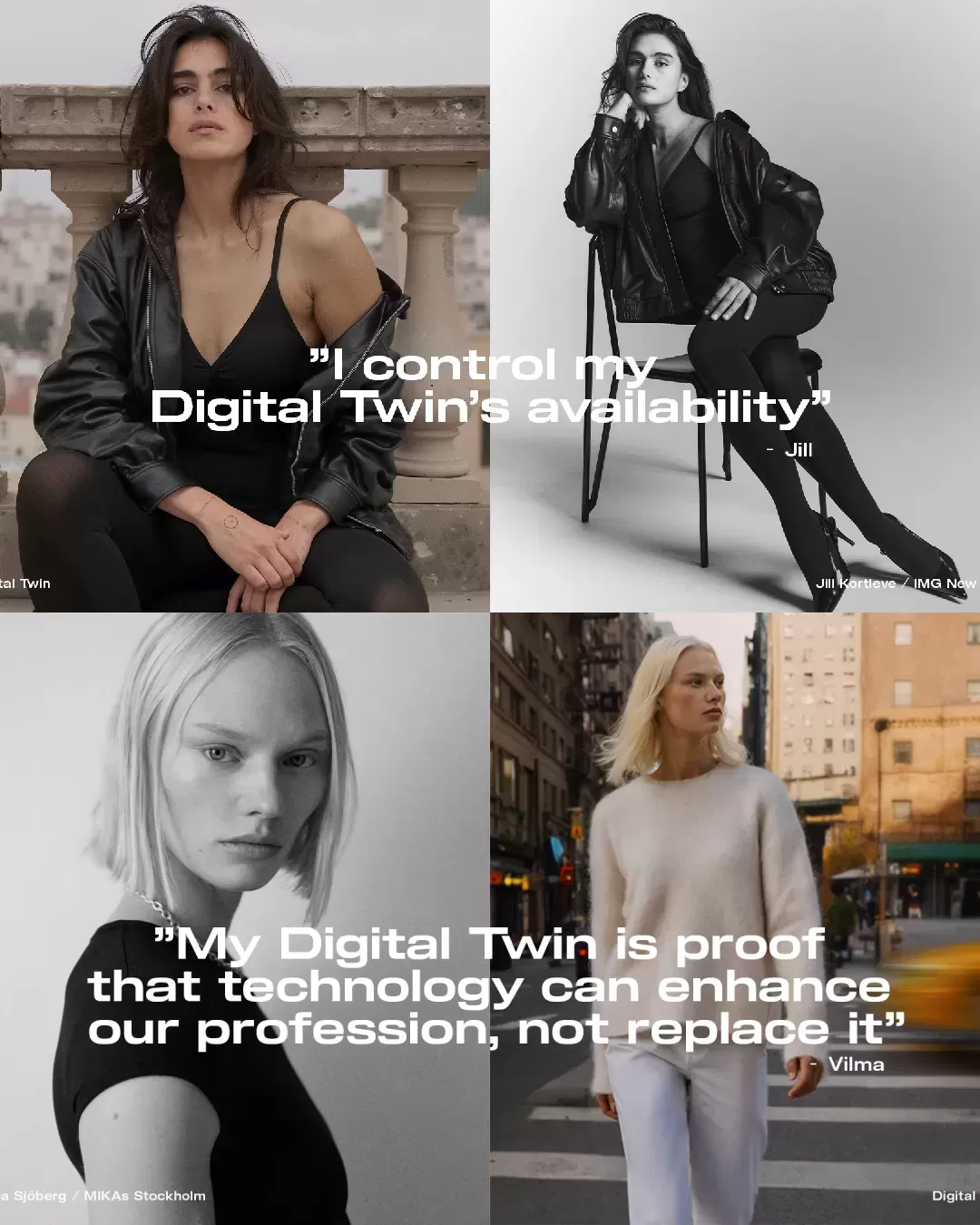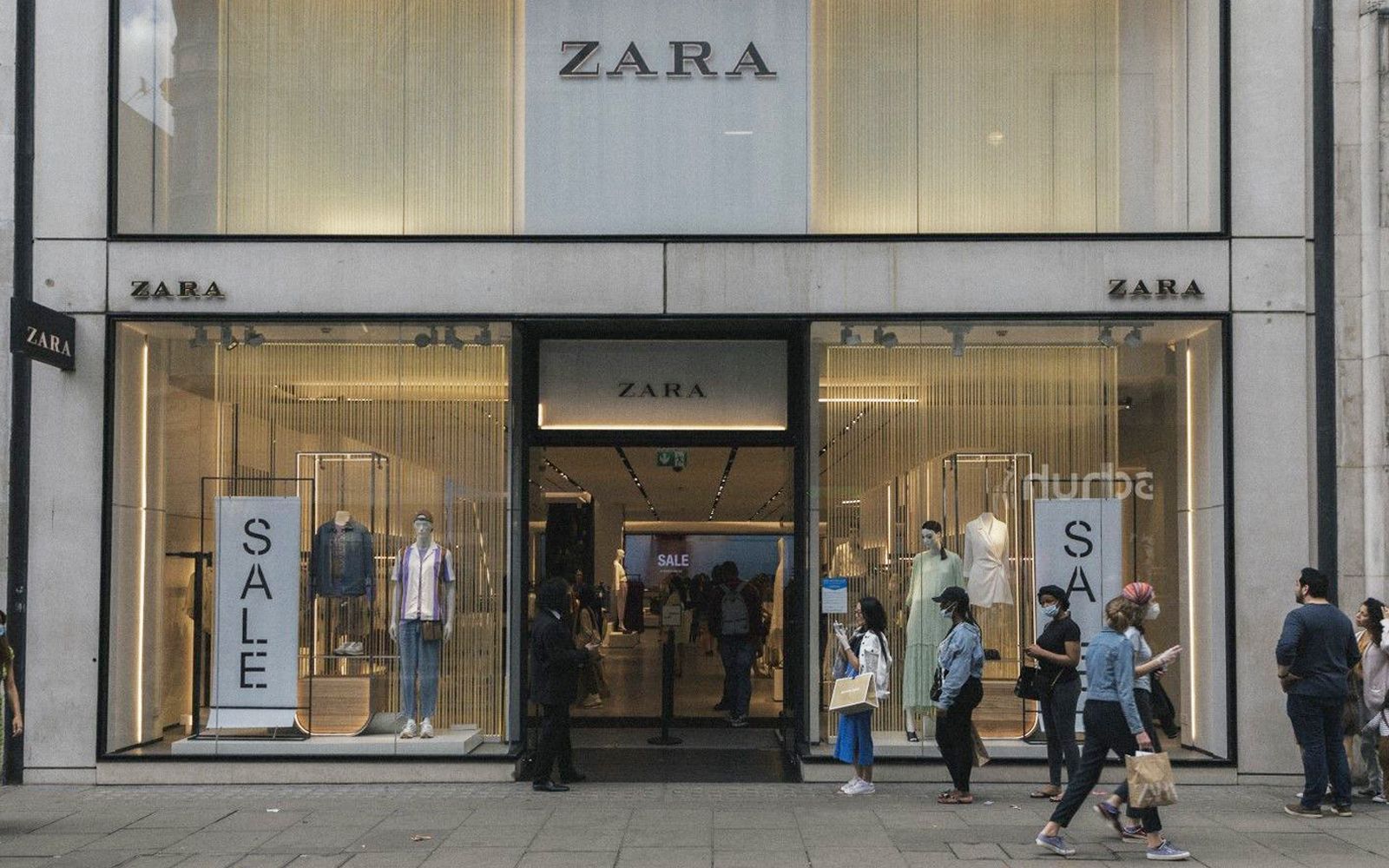
How the pandemic created fast-fashion 2.0 Given up for dead in the early 2020s, the fast-fashion industry has survived by adapting to changes
If we went back a couple of years, we would have no trouble finding what seemed to be the obituaries of the fast-fashion industry at the time. Between a decline in interest on the part of the public and the advance of the pandemic, the fate of names like H&M and Zara seemed to be that of a slow decline in which the closure of physical stores would be one of the natural consequences of the lockdowns imposed by the health situation that began in early 2020 and continued for almost two years. Having lost its pre-pandemic habits, however, the fast-fashion industry did not want to give up the fight but rather, a bit like what happens in nature, took advantage of the dangerous situation to evolve and arrive at what we could define as its version 2.0. At the center of this evolutionary path and survival there is certainly the advent of Shein, Chinese e-commerce born in 2008 but arrived in the West with several years of delay, managing to capture and replicate the ingredients of the success of its predecessors, however, translating them into an unprecedented growth, arriving in 2020 to 10 billion dollars in sales with the projection of being able to overcome Zara during 2022.
@zvooeee Im so excited!!! #foryou #love #shein #sheinhaul #package #relatable Lookmeinmyeyes - Iloveslowedmusic
If the rise of Shein wasn't enough, last year the mega conglomerate Alibaba launched its e-commerce platform allyLikes with the goal of replicating the success of the Chinese giant. The plan is simple and sees Gen Z as the main target of a low-cost fashion that replicates trends and looks seen during and fashion-week reproduced with the rhythms made famous by Zara in which supply chains play a key role. So, against any forecast of the beginning of 2020, Shein's model of 6000 new items available every day, has become the virtuous example for an army of more or less known names, ready to draw their own lessons from the case of the e-commerce founded by Chris Xu. With channels such as TikTok at the center of its communication, Shein has managed to break into the hearts of Gen Z through a work of positioning that has also passed through the illusion of greenwashing, felt as a need for many consumers but often not in line with the production practices of the fast-fashion industry, but especially with the illusion of a purchasing power that in the era of revenge shopping finds its outlet in a low-cost fashion ready to indulge the instincts of any buyer.
If Shein represents a digital evolution of fast-fashion, the one without physical stores and with a strong online presence, the old guard has chosen to rebuild its image, focusing on a higher idea of product compared to a competition that instead wants to sell out. Zara, above all, has chosen to apply a new policy that starts from a change of image to an increase in prices designed to distance itself from competitors, but above all to contribute to the illusion of selling something different from the competition, a feature also found in communication, away from the usual basic style of fast-fashion and that has been able to involve over time prominent names such as Luca Guadagnino and Steven Meisel. For now, the change of course seems to give reason to the Inditex group, which in 2021 saw an increase in turnover of 37% compared to the previous year. A result that, added to the growth of Shein and its younger brothers, seems to be the definitive proof of a fast-fashion company that has not only survived the pandemic, but has also become stronger and ready to attack the market with a new and even more effective approach.










































